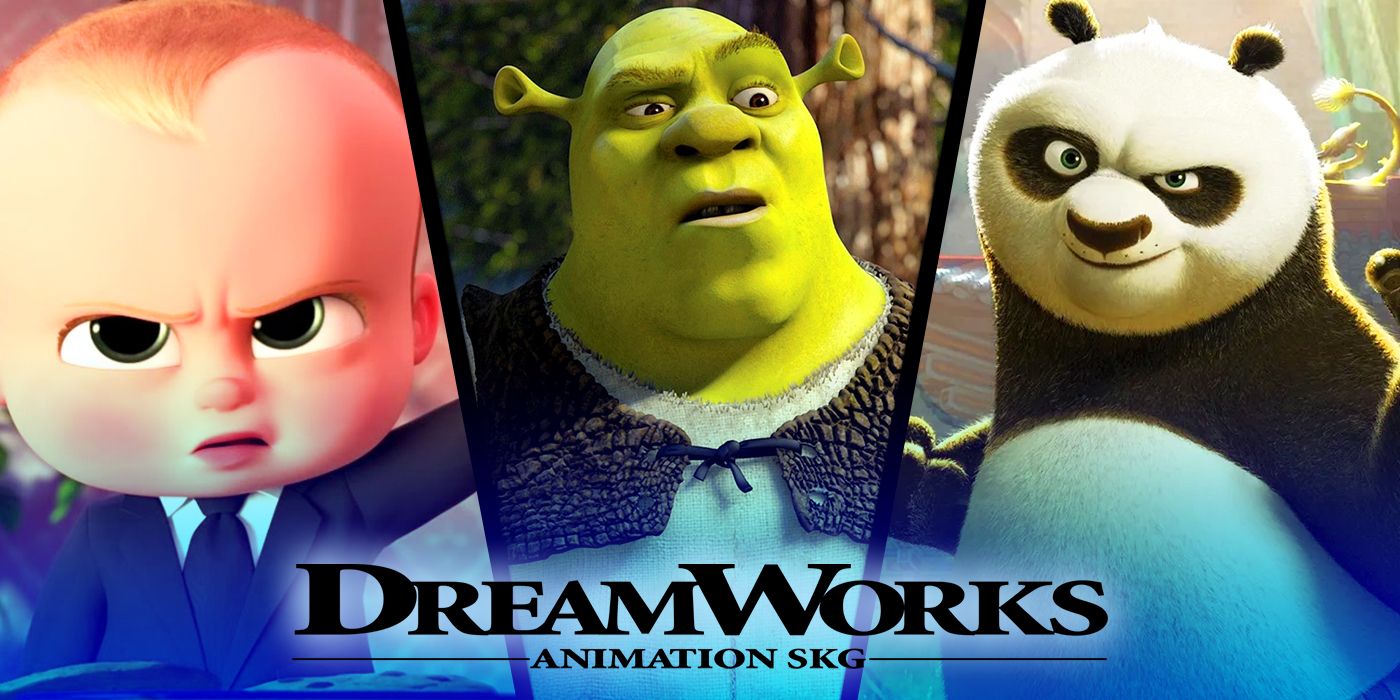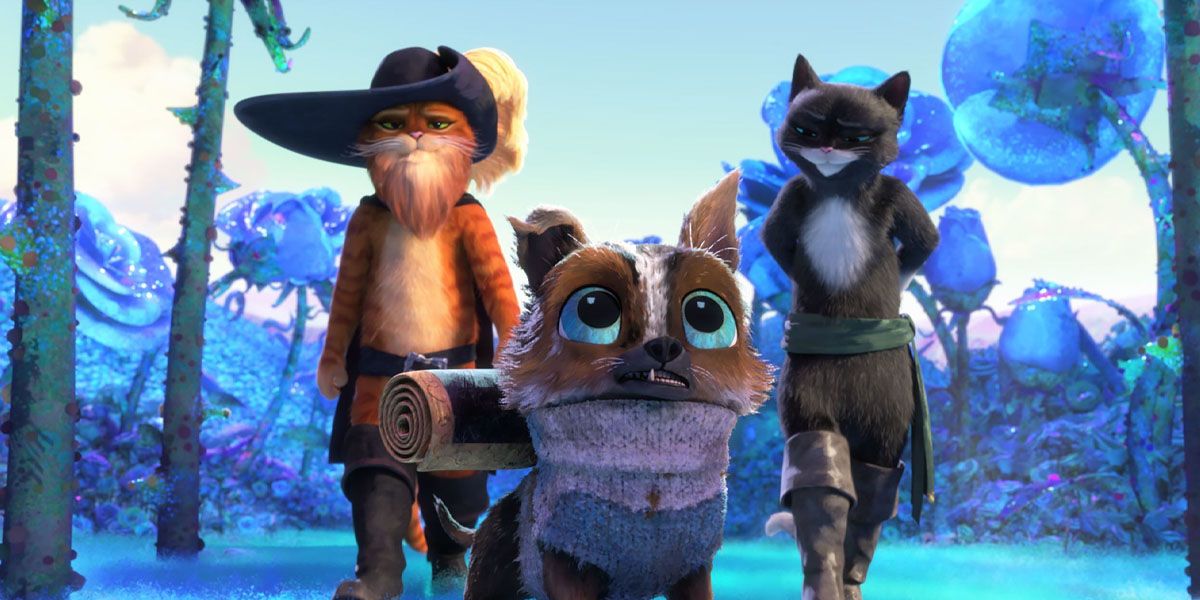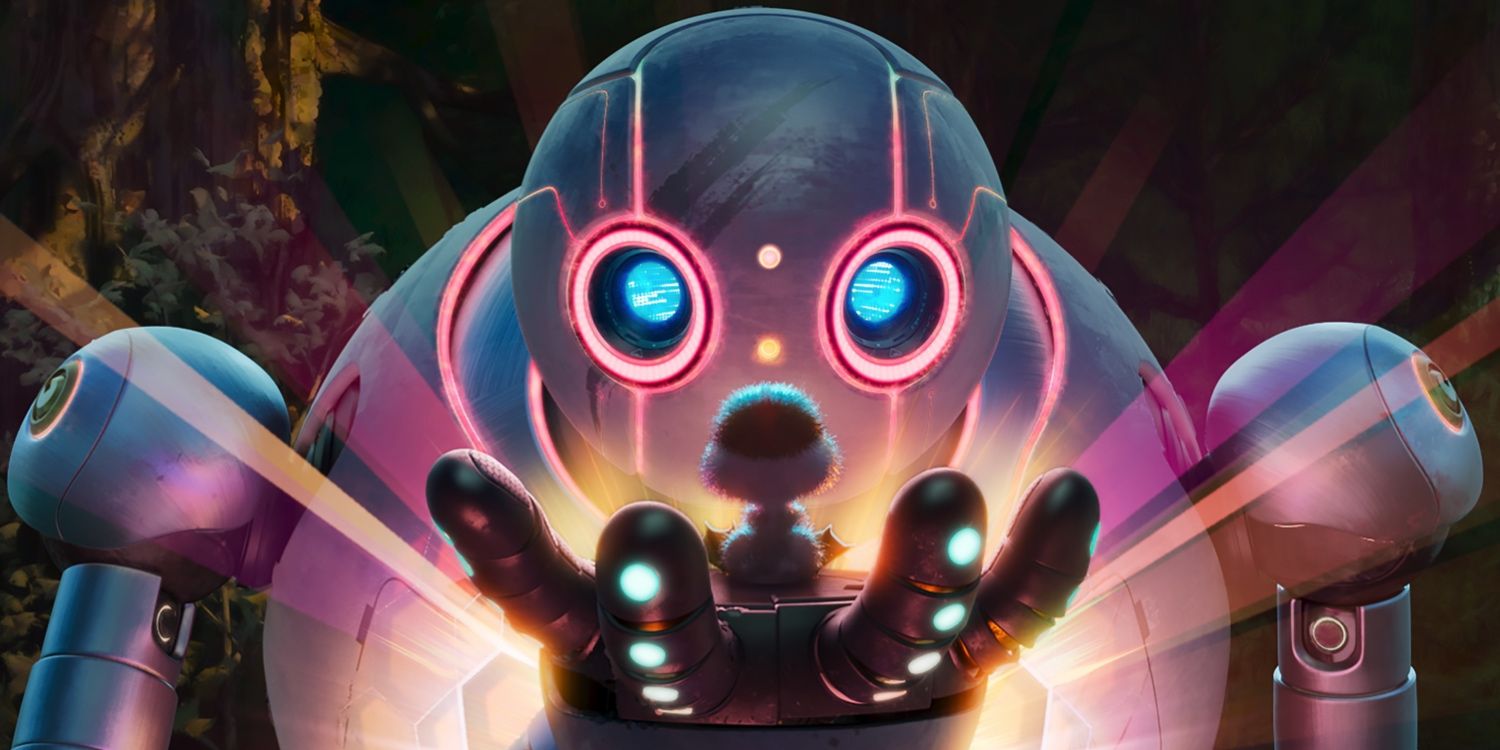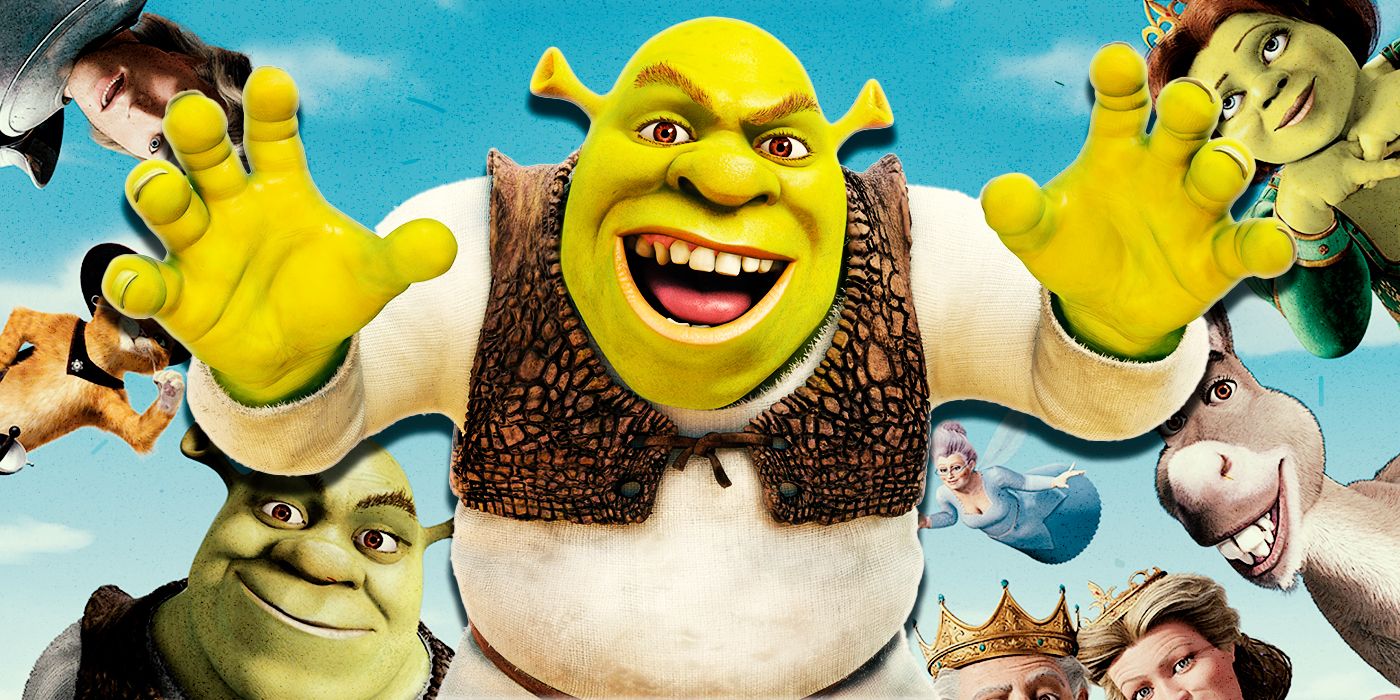Shrek is the ultimate fractured fairy tale. The franchise came about as the ultimate send-off to Disney, Dreamworks's major competitor. In the early 2000s, Disney's Renaissance ended. At the time, Disney's success and allure waned, giving Dreamworks Animation the perfect opening to gain momentum and seize audiences' attention. Shrek, based on a picture book by Willian Steig, was the perfect anti-Disney source material. It was the story of a rude, crude and repulsive ogre who, against all odds, gets a happy ending, even if it's one that flies in the face of common decency.
After Disney over-saturated the market, people grew weary of the Renaissance's saccharine musical formula. Dreamworks had free rein to tear apart every trope and motif that Disney popularized up to that point with Shrek in 2001. Although it had some flaws, the film was a resounding success. It was lauded for its sarcastic, raunchy humor, strong characters, voice acting, and clever use of popular music. Most surprising of all, the irreverent Shrek had a touching subtext and a believable romance at its core.
Three years later, Dreamworks followed up their newest flagship film with Shrek 2, released May 19th, 2004. This was during an era when sequels were rampant, especially in film and animation. Such cash grabs were, understandably, subject to derision. However, Shrek 2 defied expectations upon its release. So beloved is this film, that fans regard it as the best entry in the franchise, surpassing the original. Even those outside the fandom hail it as one of the best sequels made.
Shrek 2 struck a chord with audiences in 2004 and onward, because it managed to fine tune and even perfect the foundation Shrek laid for it. The sequel took all the tropes and themes of the last film and ran with them. It took them to their logical conclusions and gave this franchise its own tone and character beyond its satirical roots. Most importantly, it answered a question that most fairy tales tend to leave hanging: What happens after "Happily Ever After?"
Shrek 2 Cemented Dreamworks as a Modern Animation Powerhouse
Dreamworks Hit Their Stride With Improved Animation and Worldbuilding and Their Own Identity

6 DreamWorks Movies That Aged Well (& 6That Aged Poorly)
DreamWorks has offered the world classics like Shrek but it's also responsible for notoriously lazy films like Shark Tale.CG animation was still in its early days when it gained popularity in the early 2000s, eventually crowding out 2D animation as the go-to style of animation for family movies. Pixar had a decade's head start over other studios in 2001. Although Shrek boasted solid animation with a strong sense of textural rendering, it was the work of a studio still in the midst of finding its sea legs among the stylistic sea change from 2D to 3D.
The Dreamworks style, while translating well to computer animation, wasn't fully realized just yet. Upon second viewing, Shrek's animation suffers from cut corners and overly-simplistic environmental design. While the world of Shrek had coherence, it had yet to have a truly unique visual language. The saving graces were the storytelling, its strong and subversive message, its gleeful deconstruction – and reconstruction – of fairy tale tropes, characters and motifs, and its lovable and iconic characters. The fairy tale world, inhabited by famous characters, was a no-brainer and made for a fresh premise.
Dreamworks' inclination towards casting pre-established actors to do the voice acting especially paid off. This was mostly thanks to the magnificent, hilarious and tender performances of Mike Meyers, Cameron Diaz and Eddie Murphy as Shrek, Princess Fiona and Donkey, respectively. It made use of pop culture references more effectively, and hilariously, than their peers and competitors, thanks to the sarcastic yet good-natured delivery – minus a few awkward mis-steps.
Shrek set a foundation for Dreamworks's path to success. While not exactly shaky, it certainly had its road bumps, with all the clumsiness and self-consciousness that comes with a company making a gamble for the first time. Three years later, Shrek 2 not only ironed out the kinks, but built upon the foundation, perfecting – and codifying – the Dreamworks formula going forward.
On a technical level, Shrek 2 is smoother and more mature than its predecessor. Its animation is cleaner, more flexible and expressive, yet still sticks to the same character designs. More importantly, the world of Shrek 2 is more fully realized. The kingdom of Duloc of the first film was clean, spare and basic, which worked well for Lord Farquaad's personality as a control freak and the story's anti-conformist conceit.
However, it wasn't as visually interesting as it could've been. Shrek 2, conversely, had more time to explore the world, from the exotic locales of Shrek and Fiona's honeymoon, to the Disneyland-meets-Beverly Hills kingdom of Far, Far Away.

Puss in Boots' Romance Confirms What Makes Dreamworks Couples Stand Out
Among the many strengths of The Last Wish, Puss and Kitty's romance is a reminder of how well Dreamworks movies tackle love stories.The introduction of more characters – including the tertiary hero Puss in Boots, voiced by Antonio Banderas, the Jaime Lannister-esque Prince Charming voiced by Rupert Everett, and the deliciously evil Fairy Godmother played by Jennifer Saunders in one of her finest roles – only added to the richness of the pre-established world and characters.
Bit roles such as the Ugly Stepsister (whose voice, courtesy of Larry King, still rouses raucous laughter) helped cement this film's appeal. Characters who were already introduced in the last film – such as Gingy, the German-accented Three Little Pigs, the nightgown-clad Big Bad Wolf and Pinocchio – were given more depth as Shrek's friends and comic relief, catapulting them to iconic status.
All of these elements combined – alongside the improved storytelling – set the tone for Dreamworks' now ubiquitous formula of subversive comedy and heartfelt drama. Although the 2000s would provide ups and downs for this risk-taking studio, Shrek 2's success ensured the studio's respect. Directors and writers going forward took the template Shrek 2 perfected and apply it to their own films. Kung Fu Panda and How to Train Your Dragon were clearly the biggest examples that took cues from Shrek 2. They used comedy and fantastical settings as Trojan Horses for deeper themes of non-conformity, societal critique, pioneering and self-confidence.
Shrek 2 Expanded on the Best Parts of the First Film
The Sequel Explored Shrek and Fiona’s Relationship by Satirizing Modern Hollywood

DreamWorks' The Wild Robot, Starring Lupita Nyong'o and Pedro Pascal, Drops First Trailer
DreamWorks Animation's upcoming film, The Wild Robot, drops its first official trailer, with Lupita Nyong'o leading a star-studded voice cast.Although the technical improvements are laudable, where Shrek 2 really shines is its strong storytelling. Shrek has a great premise, great characters, a cool world full of potential, and one of the more unique romances in modern media. Shrek and Fiona's relationship is one of the most well-known and beloved in popular culture.
Although their union is primarily humorous, there is genuine chemistry and romance between them. They are both mature adults, each one with their own goals and aspirations that often overlap with one another. Shrek explored the beginning of their subversive, odd-couple romance as the central plot point of the film.
However, Shrek 2 zeroed in on their now-established relationship, post-marriage and after the honeymoon period. Their marriage is a happy one, but Shrek 2 doesn't shy away from depicting the harder conversations and stumbles even the most loving relationships experience. Neither Shrek nor Fiona change who they are after being married. Shrek is still a salty, cantankerous and insecure ogre, whose self-loathing and fear of being judged still causes no shortage of problems.
Fiona's own conflicting feelings, torn between her husband and her parents, her own desires versus societal expectations, and her youthful naivety, also result in clashes with others. Their relationship remains central to the story's themes of self-acceptance, and the transformations – both literal and figurative – of both Shrek and Fiona lead to excellent character growth, culminating in one of the most satisfying endings to a fairy tale yet.

